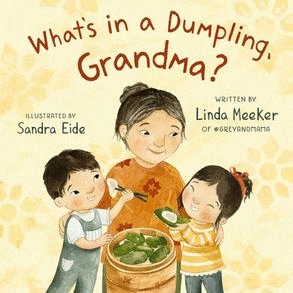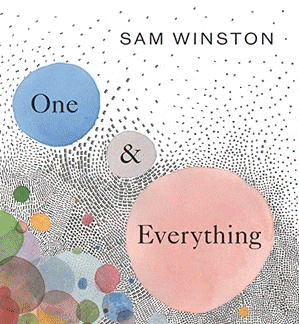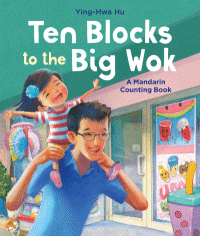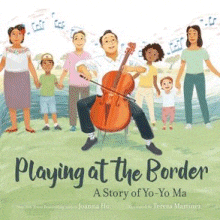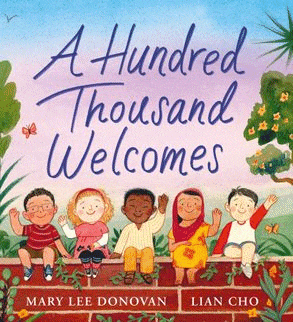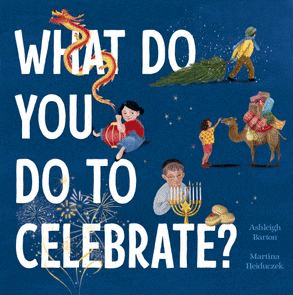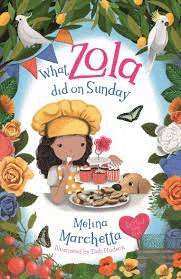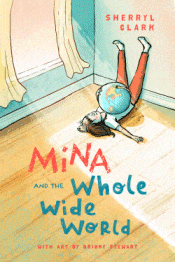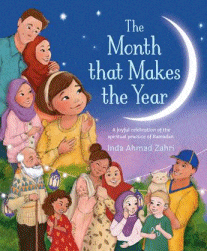
The Month That Makes the Year
The Month That Makes the Year
Inda Ahmad Zahri
Allen & Unwin, 2023
32pp., hbk., RRP $A24.99
9781761068423
This month is different from the others.
It starts with the sighting of a new crescent moon.
‘Slow down, be kind to yourself and think good thoughts.’
This month, we learn to do big things by changing one little thing at a time…
For Deenie, the youngest member of a Muslim family, it is her first time to fast during Ramadan. She wonders how she will survive without food or water until sunset but although she faces some challenges, by the end of the month, she learns that there is a lot more to Ramadan than giving up food and water.
This year, 2023, Ramadan is expected to begin on Wednesday 22 March, following the sighting of the moon over Mecca and last 30 days ending on Friday 21 April, with the celebratory days of Eid al-Fitr starting on Saturday 22 April or Sunday 23 April. While fasting is not compulsory for children, it is seen by many as a rite of passage as they come to learn “patience, gratitude, self-control, mindfulness and a sense of solidarity with everyone on the planet” as well as “strengthening [their] faith on [their] bond with Allah” and thus there will be many in our school communities who are going through this period of denial and for whom, as teachers, we must make allowances, not the least of which is ensuring other students have some idea of this important time in the lives of their classmates.
Told in the first person by a Muslim who has practised the tradition since being a child, its narrative format makes this a personal story that connects to both those of the faith, and those outside it. Other Muslim children will enjoy seeing themselves in a book that acknowledges their beliefs while showing that it is a struggle to go without and there will be times that they, too, might falter but that there is much that can be gained by distracting their thoughts from hunger and thirst. Sharing it with all our students will also raise awareness with non-Muslim children helping them to understand not just why their friends might be unable to participate as they normally do, but also the deeper reasons. As well as the enlightening introduction, there is also a glossary to help students understand not only the meaning of some of the terms but also their deeper implications.
From the first year of school, the Australian Curriculum has outcomes explicitly supporting “students to recognise the emotions, abilities, needs and concerns of others [and to] develop their understanding about how respecting the perspectives, emotional states and needs of others is essential to social interactions” and this is an ideal book to meet that goal. It might even be an opportunity for all to share their own religious beliefs, customs and traditions so that they can provide a foundation for investigation throughout the year as they occur.
